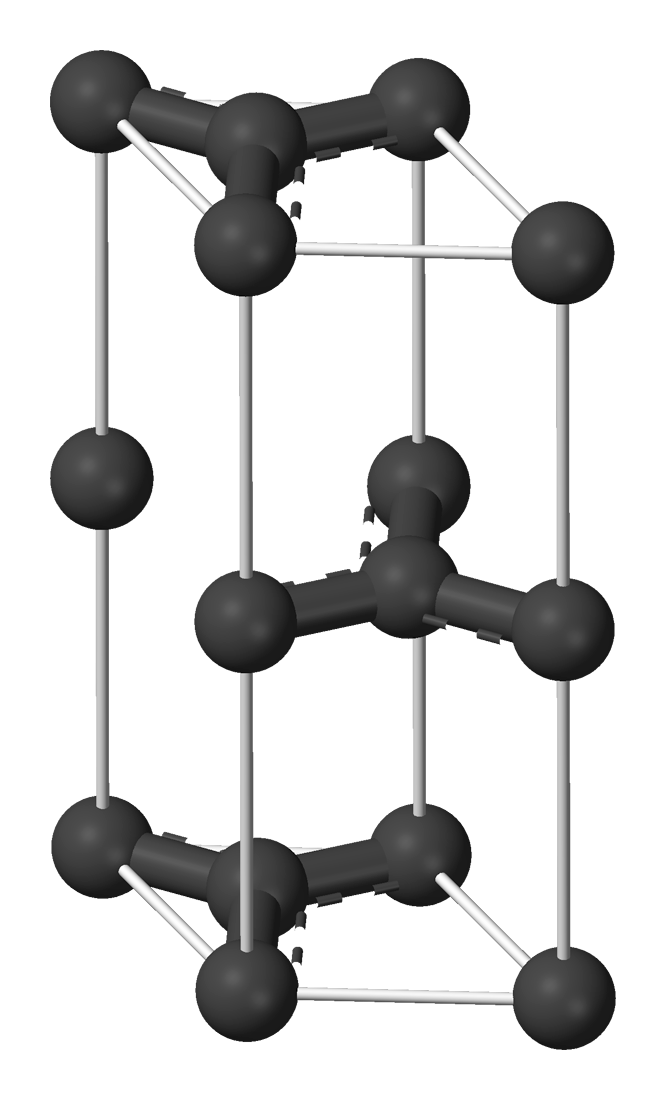Image 1:) "Researchers successfully 3D printed a dual-phase, nanostructured high-entropy alloy. That exceeds the strength and ductility of other state-of-the-art additively manufactured materials. Credit: UMass Amherst. (ScitechDaily.com/First 3D-Printed High-Performance Nanostructured Alloy That’s Both Ultrastrong and Ductile)
Nanotechnology and nanostructures are miniaturized versions of structures and machines we see every day. The nanostructure makes the material stronger and lighter. One of the examples of nanostructures is the steel plate that is full of small boxes. Steel plate is a strong material and the boxes inside it are making it lighter.
Image 2:) "Graphene is an atomic-scale hexagonal lattice made of carbon atoms". (Wikipedia/Graphene)
But researchers can make those boxes stronger by using a 3D nanopillar structure that purpose is to stiffen those boxes. This is one of the versions of the nano-steel. That structure makes it strong but there is more space than in regular steel. And that makes it lighter.
One of the interesting possibilities is the metallic aerogel. Aerogel is one of the lightest materials in the world. And if the researchers can copy its structure to metals that make it a powerful tool everywhere there is a need for lightweight structures.
Image 3:) Alpha graphite unit cell. (Wikipedia, Graphite)
Image 4:) Diamond unit cell, showing the tetrahedral structure. (Wikipedia, Diamond) There is possibility that nanotechnology copies this structure to another atoms. And that makes possible to create new fundamental materials.
Nanotechnology makes it possible to put iron or some other metal atoms into the form that is found in diamonds. Metallic diamonds are one of the dreams of material researchers.
One of the possibilities to make structures stronger is to put graphite between metal layers. In that case, alpha graphite unit cells will be put between metal layers side by side. They should form a thin graphite layer between those metal layers. And that graphite should support those structures.
But the most powerful nanomaterial is graphene. The 2D graphite can use to cover layers. Graphene is one of the strongest materials in the world. There is a possible position of nano springs created by using DNA between two graphene layers. Those springs will make the graphene layers stronger than ever. When something hits graphene the impact will transmit to the nano springs. And that thing makes two-layer graphene a very strong material.
https://scitechdaily.com/first-3d-printed-high-performance-nanostructured-alloy-thats-both-ultrastrong-and-ductile/
https://en.wikipedia.org/wiki/Aerogel
https://en.wikipedia.org/wiki/Diamond
https://en.wikipedia.org/wiki/Graphene
https://en.wikipedia.org/wiki/Graphite
Image 1:)https://scitechdaily.com/first-3d-printed-high-performance-nanostructured-alloy-thats-both-ultrastrong-and-ductile/
Image 2:) https://en.wikipedia.org/wiki/Graphene
Image 3:) https://en.wikipedia.org/wiki/Graphite
Image 4:) https://en.wikipedia.org/wiki/Diamond







No comments:
Post a Comment
Note: Only a member of this blog may post a comment.